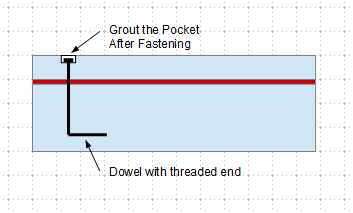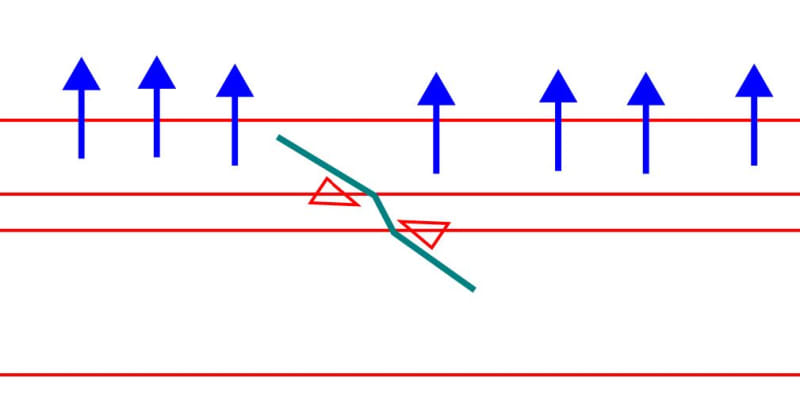Baffled Engineer
Structural
I'm trying to anchor a 6" reinforced concrete slab membrane into an existing 18" concrete slab underneath for remediation purposes.
There is a hydrophilic waterstop between the 6" slab membrane and the 18" slab which causes expansive pressures when wet, so I intend to tie both slabs together using post-installed 90 degree hooked dowels.
The problem is the Canadian code requires a 6" minimum development (embedment) for standard hook regardless of any reduction factors , which I can't accommodate with a 6" membrane slab. The most I can provide is a 4" embedment with a 2" clear cover in the 6" membrane slab. Does anyone know a way around this requirement?
Thank you.
There is a hydrophilic waterstop between the 6" slab membrane and the 18" slab which causes expansive pressures when wet, so I intend to tie both slabs together using post-installed 90 degree hooked dowels.
The problem is the Canadian code requires a 6" minimum development (embedment) for standard hook regardless of any reduction factors , which I can't accommodate with a 6" membrane slab. The most I can provide is a 4" embedment with a 2" clear cover in the 6" membrane slab. Does anyone know a way around this requirement?
Thank you.


